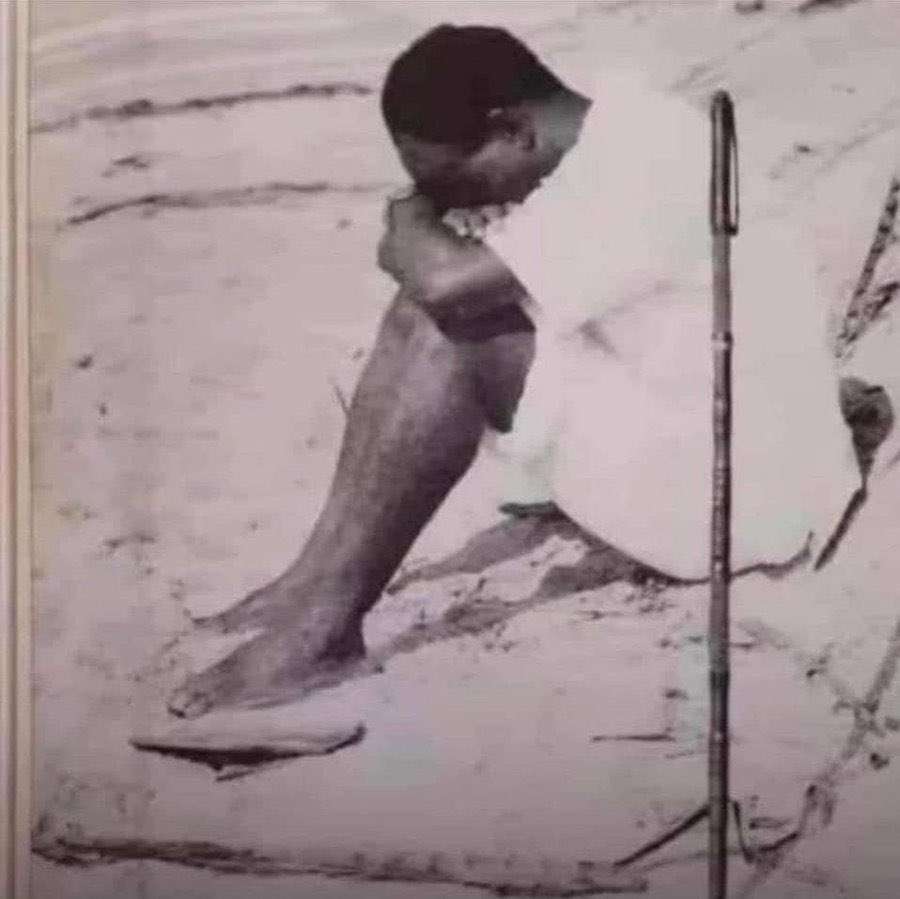Exactly 51 years ago, on April 27, 1972, Osagyefo Dr Kwame Nkrumah – the first President of Ghana died in Bucharest, Romania, his request to return to Ghana when he fell ill, not granted by the government of Prime Minister Dr. Kofi Abrefa Busia and President Akufo-Addo.
Dr Nkrumah was overthrown as President of Ghana in a coup led by Colonel Emmanuel Kwasi Kotoka, Commander of the second infantry brigade in Kumasi and his brigade major, Major Akwasi Amankwaa Afrifa on February 24, 1966, when Dr Nkrumah was on his way to Hanoi, Vietnam.
Thereafter, Dr Nkrumah went to live in exile in Conakry, Guinea, where the President of that country, Sekou Toure, made Dr Nkrumah Co-President of Guinea.
Then, Dr Nkrumah fell ill. He expressed the desire to return to Ghana. When Ghanaian politicians are not well, they go abroad for treatment. But, when Dr Nkrumah fell ill in Conakry, Guinea, he expressed the desire to come home to Ghana for treatment.
Dr. Nkrumah came to power to meet Korle Bu hospital built by Governor Gordon Guggisberg, but, it was Dr Nkrumah who put up all those tall tall buildings at Korle Bu, including, the Medical, Surgical, Children, Maternity blocks, among others. It was Dr Nkrumah who built the Kumasi Gee – the Okomfo Anokye Teaching hospital, the Tamale Regional hospital, the Tetteh Quarshie Memorial hospital at Mampong Akuapem. He expanded the Effia Nkwanta hospital, Sekondi, among others
It was Dr. Nkrumah who established the University of Ghana Medical School to train doctors, it was Dr. Nkrumah who gave Ghanaian students scholarships to study Medicine abroad, including Eastern Europe, and it was Dr. Nkrumah who sent Dr. Oku Ampofo to China to study herbal medicine who later on came to establish the Mampong Akuapem Centre for Plant Medicine Research.
So when Dr. Nkrumah was not well, he expressed the desire to return to Ghana to receive medical care in Ghana.
At the time of Dr. Nkrumah’s illness, Dr. Busia with his Progress Party (PP) were in power as the Prime Minister and Edward Akufo-Addo as the President from 1969- 13 January 1972.
On two occasions in 1971, President Sekou Toure sent envoys to Ghana to try and persuade the government of Dr Busia and Edward Akufo-Addo to allow Dr Nkrumah to return to Ghana. But Dr. Nkrumah’s request was not granted. (See page 259 of Kwame Nkrumah A Biography by June Milne.)
It should also be mentioned here that it was around this time of Dr. Nkrumah’s illness that Prime Minister Dr. Busia and President Edward Akufo-Addo and their PP government enacted Act 380 of August 1971, banning the publication of Dr. Nkrumah’s pictures, name, effigy, and others. This prompted Samuel Obeng, a former officer of the Publicity Secretariat at the Flagstaff House office of Dr. Nkrumah to publish the five volumes of “Selected Speeches of Kwame Nkrumah” compiled by Samuel Obeng which was later on consolidated into Volumes 1 and 11 Centenary Edition in 2009. (See the Preface to the “Selected Speeches of Kwame Nkrumah” compiled by Samuel Obeng. See also page 129 of “The Political Biography of Dr Kofi Abrefa Busia” by Kwaku Danso- Boafo, and page 279 of “The Autobiography of An An African Patriot” by Joseph Appiah.)
In August 1971, since Dr. Nkrumah was not allowed to return to Ghana, when he was not well, he was flown to Bucharest, Romania for medical care with only Nyamikeh, his nephew, B Etie Quarm and J K Ampah, a Trade Unionist around.
In January 1972, Dr. Busia the Prime Minister left for medical check-up in Britain.
On January 13, 1972, Lieutenant Colonel Ignatius Kutu Acheampong, Commander of the First lnfantry Brigade and his National Redemption Council (NRC) led a coup and overthrew Dr. Busia and Edward Akufo-Addo’s PP government.
When Lt. Colonel Acheampong came to power, Kojo Botsio sent his wife, Mrs Ruth Botsio to try to persuade Lt. Colonel Acheampong and his NRC to allow Dr. Nkrumah to return to Ghana but nothing came out of this. (See Page 259 June Milne.)
Eventually, the curtain fell at 8:45 AM on April 27, 1972. Dr Nkrumah, the greatest African died not in his beloved Ghana, the country whose Independence he gave but in a foreign country in far away Bucharest, Romania.
With Dr. Nkrumah dead the NRC then asked Romania to fly Dr. Nkrumah’s body direct to Ghana for burial, but President Sekou Toure of Guinea objected to that request. So Dr Nkrumah’s body was flown to Conakry, Guinea on April 30, 1972.
The NRC then sent a delegation to Guinea to demand Dr. Nkrumah’s body for burial in Ghana, but President Sekou Toure expressed the desire to have a state funeral for Dr. Nkrumah first in Guinea.
President Sekou Toure then organized a state funeral for Dr. Nkrumah on 13 and 14 May, 1972 and buried Dr. Nkrumah in a mausoleum in Conakry, Guinea.
A Ghanaian delegation that attended the State funeral in Conakry, Guinea, came back to Ghana without Dr. Nkrumah’s body.
At that time, Dr. Nkrumah’s mother was still alive and wanted Dr. Nkrumah’s dead body to be brought to her at Nkroful.
Eventually, President Sekou Toure was prevailed upon and he released Dr Nkrumah’s body which was flown to Ghana in a Guinean plane on July 7, 1972. Dr Nkrumah’s body was laid in state in Accra after which the body was flown to Nkroful for burial on July 9, 1972.
So, Dr. Nkrumah who gave us our lndependence died in exile because when he was not well, his request to return to Ghana was not granted, by the government of Prime Minister Dr. Kofi Abrefa Busia and President Edward Akufo-Addo.
Rest in peace, Kwame Nkrumah.
By Augustina Quayson

